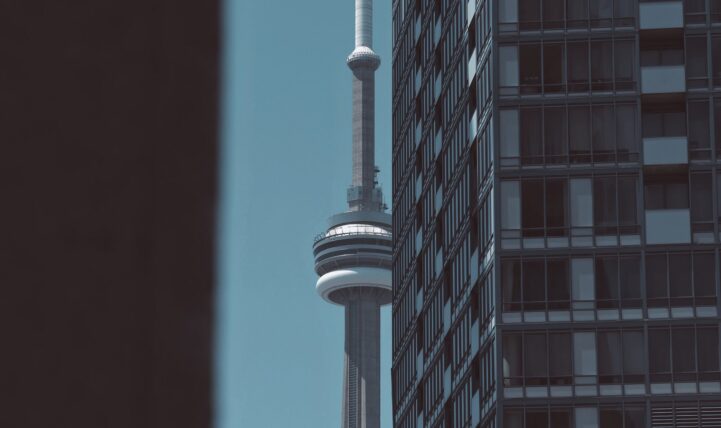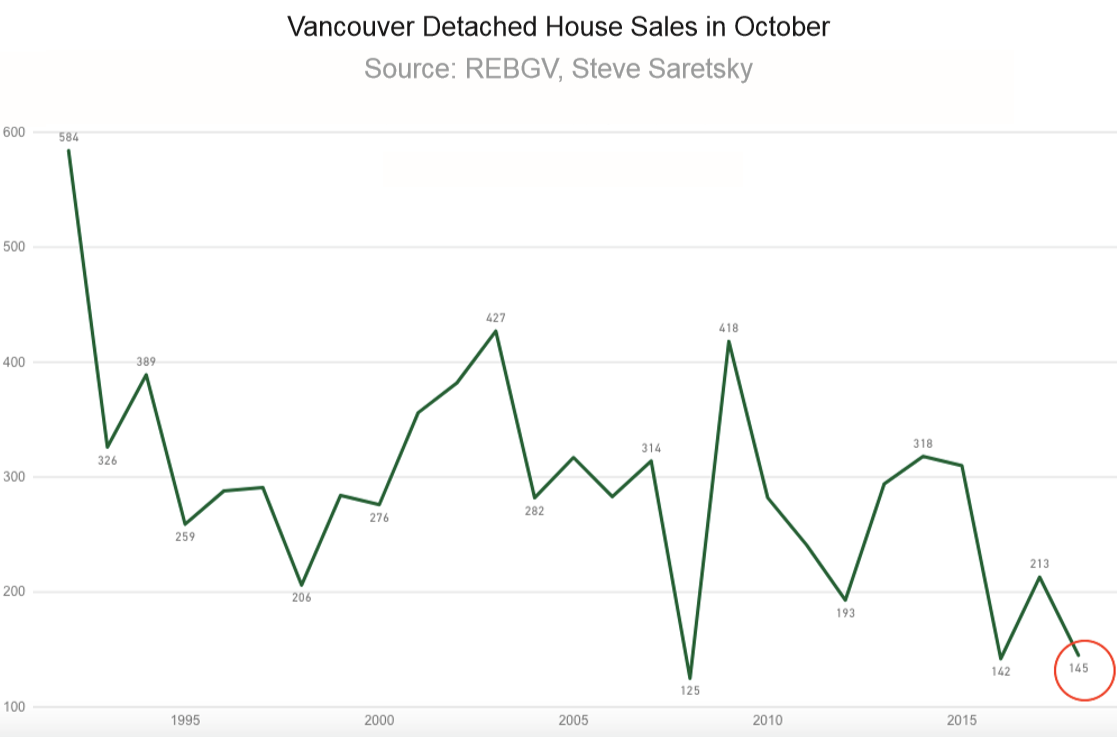Oil prices rose on Monday, buoyed by coordinated production cuts – cuts that did not come from Vienna (although that too could occur later this week).
Instead, the mandatory reductions were handed down by the provincial government of Alberta. “Perhaps OPEC should therefore consider inviting Canada to its meeting on Friday,” Commerzbank said in a note.
Alberta Premier Rachel Notley announced the production cuts “in response to the historically high oil price differential that is costing the national economy more than $80 million per day,” her office said in a statement. Western Canada Select (WCS) has plunged below $15 per barrel, representing a discount to WTI that has hovered at around $40 per barrel.
“The price gap is caused by the federal government’s decades-long inability to build pipelines. Ottawa’s failure in this area has left Alberta’s energy producers with few options to move their products, resulting in serious risks for the energy industry and Alberta jobs,” the Alberta Premier’s office said.
Alberta’s oil industry is producing roughly 190,000 bpd in excess of available takeaway capacity. The surplus is filling storage up quickly. Oil producers will be required to make cuts on the order of 8.7 percent, or 325,000 bpd, beginning in January. Once the storage glut is reduced, the cuts will narrow to just 95,000 bpd, which will stay in place through the duration of 2019.
The first 10,000 bpd for each producer will be excluded from the mandatory cuts, intended to avoid negatively impacting small producers. The baseline used to calculate the cuts will be the highest level of production for each producer over the past six months.
Notley expects the production cuts to boost prices for WCS by roughly $4 per barrel, adding $1.1 billion to government revenue between 2019 and 2020.
…click on the above link to read the rest of the article…




 Canadian Prime Minister Justin Trudeau seems to adhere to the principle of globalism, according to which the idea of sovereign nation-states is both reactionary and obsolete. In this borderless world, the governing body is the unelected, untransparent, unaccountable and deeply corrupt United Nations and its agencies, which possess the authority to legislate international law that is then enforced by member states. Pictured: Trudeau holds a press briefing at the United Nations headquarters in New York City, September 21, 2017. (Photo by Drew Angerer/Getty Images)
Canadian Prime Minister Justin Trudeau seems to adhere to the principle of globalism, according to which the idea of sovereign nation-states is both reactionary and obsolete. In this borderless world, the governing body is the unelected, untransparent, unaccountable and deeply corrupt United Nations and its agencies, which possess the authority to legislate international law that is then enforced by member states. Pictured: Trudeau holds a press briefing at the United Nations headquarters in New York City, September 21, 2017. (Photo by Drew Angerer/Getty Images)












